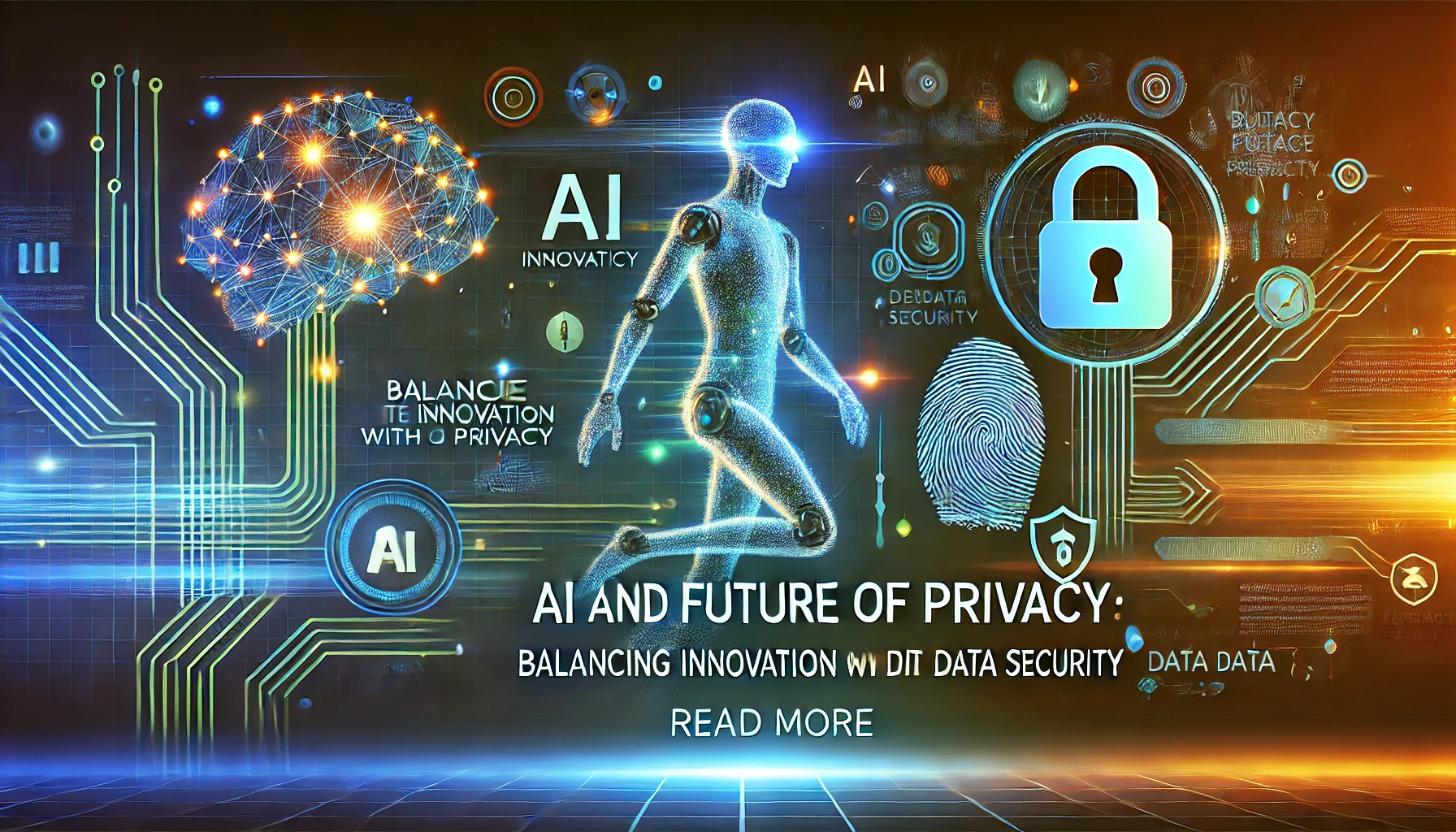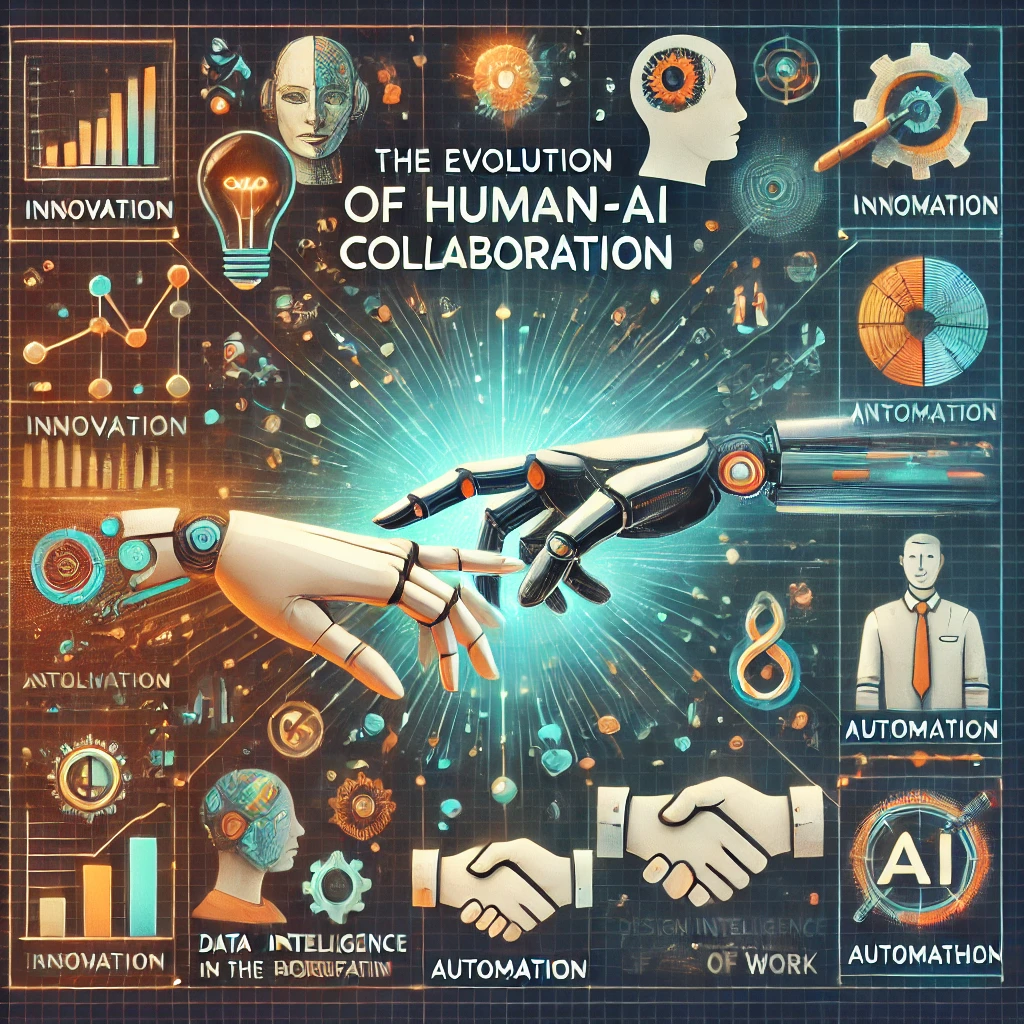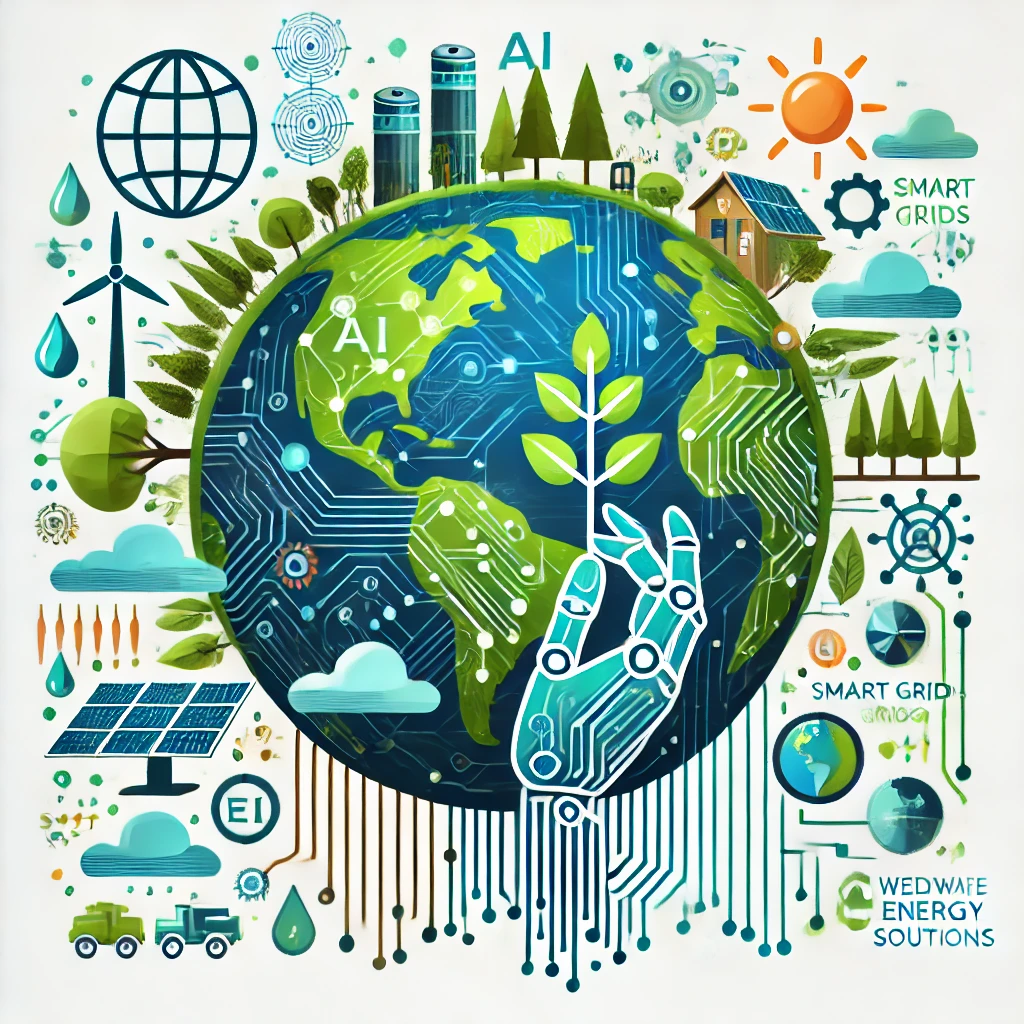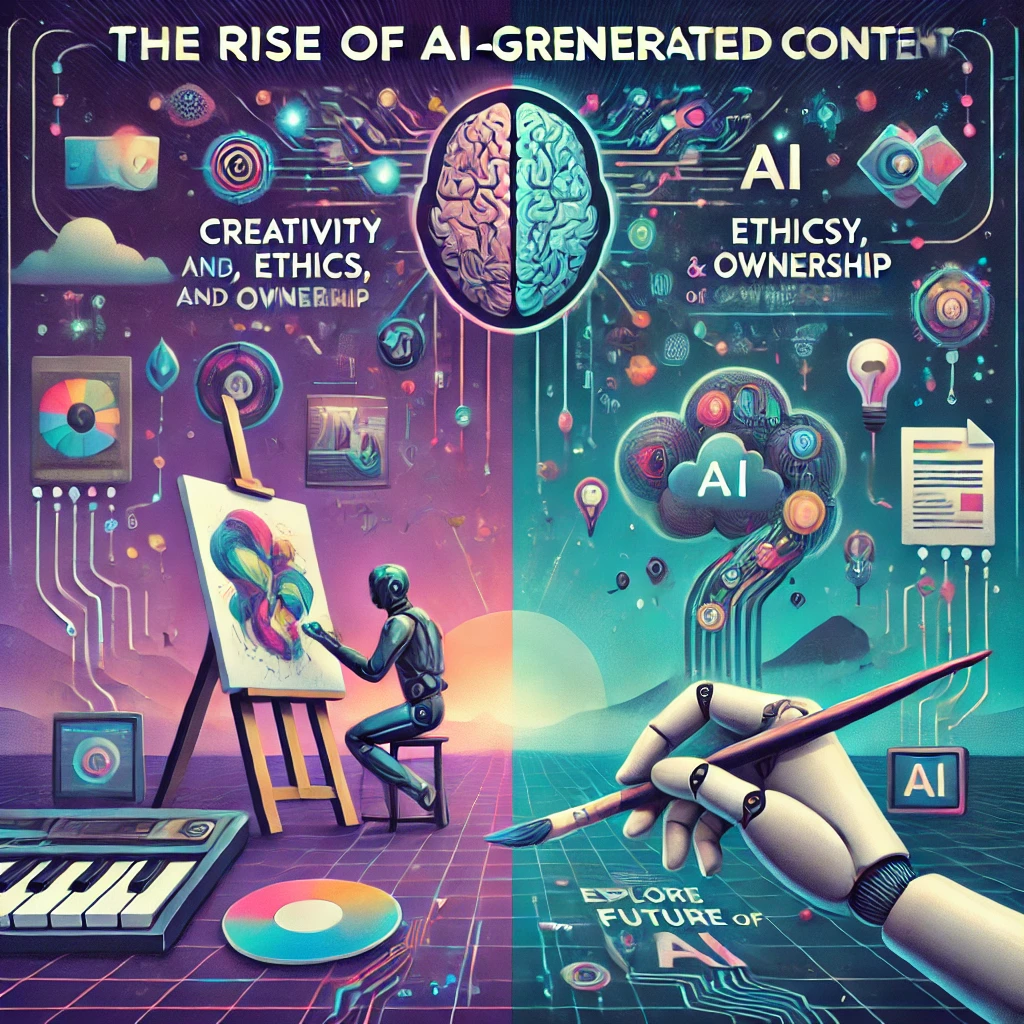As artificial intelligence (AI) continues to advance, it’s transforming industries, improving efficiency, and enabling groundbreaking innovations. However, this progress comes with a significant challenge: privacy. AI systems rely on vast amounts of data to function effectively, raising concerns about how personal information is collected, stored, and used. In this blog, we’ll explore the intersection of AI and privacy, the risks it poses, and how we can strike a balance between innovation and data security.
The Role of Data in AI
AI systems, particularly machine learning models, require massive datasets to learn and make accurate predictions. This data often includes sensitive personal information, such as:
- Health records for medical AI applications.
- Financial data for fraud detection and credit scoring.
- Behavioral data for personalized recommendations and targeted advertising.
While this data fuels AI’s capabilities, it also creates vulnerabilities. Unauthorized access, data breaches, and misuse of information can have serious consequences for individuals and organizations alike.
Privacy Risks Posed by AI
- Data Collection and Surveillance
AI systems often rely on continuous data collection, which can lead to invasive surveillance. For example:- Smart devices like voice assistants and wearables collect data on users’ habits and preferences.
- Facial recognition systems track individuals in public spaces, raising concerns about mass surveillance.
- Data Breaches and Cyberattacks
The more data an organization collects, the more attractive it becomes to hackers. AI systems themselves can also be targeted, leading to manipulated outcomes or stolen information. - Bias and Discrimination
AI systems trained on biased or incomplete data can perpetuate discrimination. For instance, biased algorithms in hiring or lending decisions can unfairly impact certain groups. - Lack of Transparency
Many AI systems operate as “black boxes,” making it difficult to understand how decisions are made. This lack of transparency can erode trust and make it harder to hold organizations accountable. - Re-identification of Anonymized Data
Even when data is anonymized, AI techniques can sometimes re-identify individuals by combining datasets or analyzing patterns.
Balancing Innovation and Privacy
To harness the benefits of AI while protecting privacy, we need a multi-faceted approach:
- Privacy-Enhancing Technologies (PETs)
- Federated Learning: Allows AI models to be trained across multiple devices without sharing raw data.
- Differential Privacy: Adds noise to datasets to protect individual identities while preserving overall trends.
- Homomorphic Encryption: Enables data to be processed in its encrypted form, ensuring privacy.
- Strong Data Governance
Organizations must implement robust data governance frameworks, including:- Clear policies on data collection, storage, and usage.
- Regular audits to ensure compliance with privacy regulations.
- Employee training on data security best practices.
- Regulation and Compliance
Governments and organizations must adhere to privacy laws like:- GDPR (General Data Protection Regulation): Protects EU citizens’ data privacy.
- CCPA (California Consumer Privacy Act): Gives California residents control over their personal information.
- Emerging AI Regulations: New laws are being developed to address AI-specific privacy concerns.
- Ethical AI Development
AI developers should prioritize ethical considerations, such as:- Minimizing data collection to only what’s necessary.
- Ensuring transparency and explainability in AI systems.
- Actively working to eliminate bias and discrimination.
- Public Awareness and Education
Individuals need to be informed about how their data is used and what rights they have. This includes:- Understanding privacy settings on apps and devices.
- Advocating for stronger privacy protections.
Real-World Examples of AI and Privacy
- Apple’s Differential Privacy: Uses advanced algorithms to collect user data while preserving individual privacy.
- Google’s Federated Learning: Enables AI models to learn from user data without it leaving their devices.
- Healthcare AI: Hospitals use encrypted data and strict access controls to protect patient information while leveraging AI for diagnostics.
The Future of AI and Privacy
The future of AI and privacy will depend on how we address current challenges. Here are some trends to watch:
- Decentralized AI: More AI systems will operate on decentralized networks, reducing the risk of data breaches.
- AI Auditing: Independent audits of AI systems will become standard to ensure compliance with privacy laws.
- User-Centric Privacy: Individuals will have more control over their data through tools like personal data lockers.
- Global Collaboration: Governments, organizations, and tech companies will work together to establish global privacy standards.
Conclusion
AI has the potential to revolutionize our world, but its reliance on data poses significant privacy risks. By adopting privacy-enhancing technologies, implementing strong data governance, and prioritizing ethical development, we can strike a balance between innovation and data security.
As individuals, organizations, and policymakers, we all have a role to play in shaping a future where AI thrives without compromising our right to privacy. By working together, we can ensure that AI serves as a force for good while safeguarding our most sensitive information.



